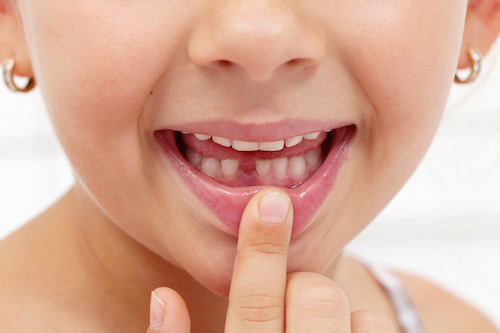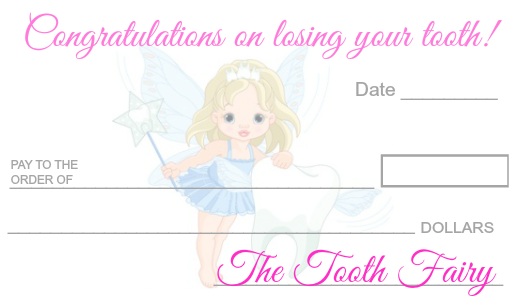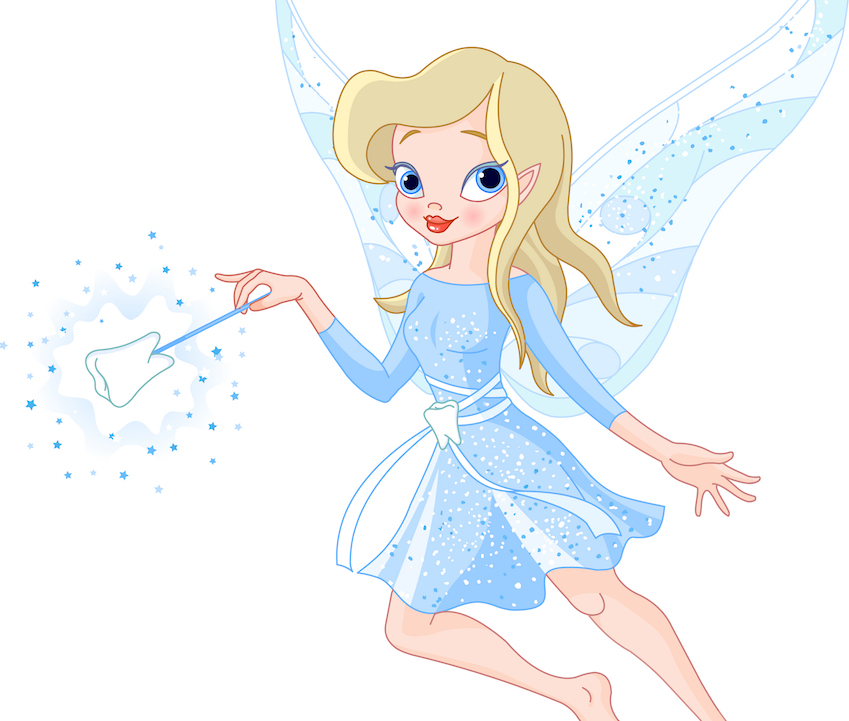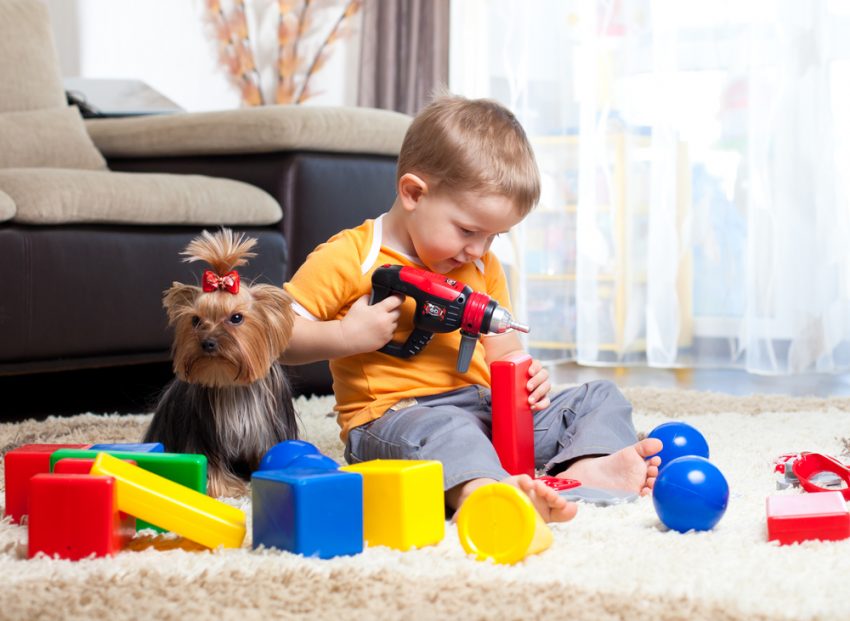The most exciting part of losing a tooth when I was a child was knowing that the Tooth Fairy was going to visit. With the new visible gap in my smile, I would place my tooth in a glass of water next to my bed to find a shiny coins next to it the morning when I woke.
Traditionally children are meant to leave the tooth underneath their pillow.
Undoubtedly as a parent embracing the magical element of your child believing is a memorable inclusion of the few precious years of their childhood.
Believing in the make-believe is part of their trusting nature of childhood.
As a parent if you’re unsure how to promote the fiction of the tooth fairy, and have been hit with a few sticky questions, here are some fun answers that could help you tell the tale:
What does the tooth fairy do with all the teeth?
- She sends them up into the night sky to become stars. Each tooth will have a place in the night sky. They will become stars to glisten and shine light as you gaze at the skies.
- She uses them to help build her white Tooth Fairy Castle. Tooth fairies build their castles. They keep your tooth as bricks to their white castles and make your tooth part of their world.
- She uses them to make magical fairy dust for all the fairies. Didn’t you know that that your tooth, once it was ground, can be made into magical fairy dust? Fairy dust makes magic happen. They could bring colours to a rather plain sight, help build things and make children happy.
- She uses them to make necklaces for all the other fairies. Fairies love to have a tooth necklace around their necks to remind them of you, they also bring good luck.

In your opinion,
how much should the tooth fairy leave?
what is the going rate for the tooth fairy these days?
As food for thought offering children more money for a well maintained tooth could encourage them to brush and floss their teeth properly and regularly. In this way, you also save on the cost of going to the dentists for routine check-ups.
And if your child’s tooth falls out unexpectedly, and you get caught by surprise without any spare cash in your purse, the trusty Tooth Fairy could leave “gifts” that promote dental health, such as toothpaste or toothbrushes…
And or, write a Tooth Fairy Cheque that can be cashed later on:

In finishing here’s some fun facts for parents.
Did you know that:
- The tradition and origin dates back to the Eddas, the earliest written record of Northern European traditions known as ‘tooth fee’ which was paid when a child lost it’s first tooth.
- The first mention of the “Tooth Fairy” was in 1908, which makes her 109 years old!
- Throughout the world the Tooth Fairy varies in appearance. Many global baby-tooth traditions are tied to rodents:
-In Italy the tooth fairy is often replaced by a small mouse named Topolino.
-In France and Belgium this character is known as la petite souris (“the little mouse)
-In parts of Scotland there is a tradition of a fury white rat who purchases children’s teeth with coins
- Vikings believed that children’s teeth or any children’s belongings could bring good luck in battle which is why they pay for a child’s tooth.
- In the middle ages, in England, children were instructed to burn their tooth to save the child from hardship in the afterlife.
- Scandinavian warriors wear baby teeth on strings around their neck to have good luck.
- Europeans used to bury or burn teeth because of fear of witches. There was a belief that if witches get hold of a tooth, they would have power over the owner of the tooth.
The Tooth Fairy visits’ each child around 20 times for each of their 20 baby teeth. We hope this article can help with at least once of her visits.
You might also like to read:
Eight vital skills children develop in early learning and care settings
How to Raise Good Little People









